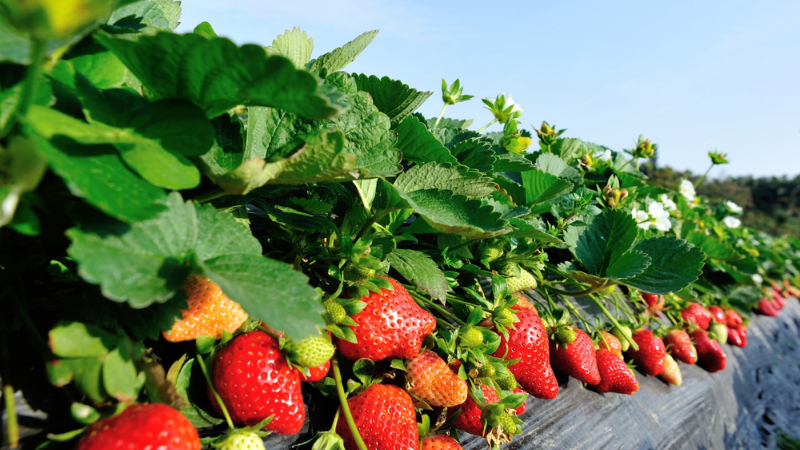Robots Serve As Growers at MIT Lab
In the middle of MIT’s Computer Science and Artificial Intelligence Lab (CSAIL) sits a platform of fake grass with tomato plants nestled in terra cotta pots, growing under the light of an artificial sun. But this urban, indoor garden has a twist: the caretakers of the plants are entirely robotic.
The idea for tending to a garden without human hands came from work done by Nikolaus Correll, a postdoctoral assistant working in MIT Professor Daniela Rus’ Distributed Robotics Lab, the Associated Press reports. Correll saw the possible applications of swarm robotics to an agricultural environment and thus the idea grew into a course in which students created robots capable of tending a small garden of tomatoes.
Each robot is outfitted with a robotic arm and a watering pump, while the plants themselves are equipped with local soil sensing, networking and computation. This affords them the ability to communicate: plants can request water or nutrients and keep track of their conditions, including fruit produced; robots are able to minister to their charges, locate and pick a specific tomato, and even pollinate the plants.
A tool called LCM, or Lightweight Communications Marshaller, was used to allow the different robotic modules to communicate. The version used in the project came from the DARPA Grand Challenge Vehicle. The object recognition software is built on the back of LabelMe, an image annotation tool pioneered by Bryan Russell and Professors Antonio Torralba and Bill Freeman. And the robotic bases themselves? Re-imagined versions of iRobot’s Roomba.
The system has a double advantage over the way crops are currently cultivated and harvested. First, due to each plant’s ability to monitor and broadcast its own physical state, water, nutrients and care will be dispensed on an as-needed basis. This should allow for a great reduction in resources consumed in the growth process, ameliorating the heavy carbon footprint of today’s agriculture. Furthermore, a mechanical harvest removes the backbreaking work currently involved in reaping specialty crops such as fruits and vegetables. In the long view, the researchers hope to develop a fully autonomous greenhouse, complete with robots, pots, and plants connected via computation, sensing and communication.
Correll is optimistic about future applications of the project and others like it. Looking past agriculture, he ruminated on other tasks to which this sort of system can be applied down the line. Tasks, for example, like automating services for older adults with low mobility in residential care facilities, or tending to plants in greenhouses or hydroponic farms. The technology, once perfected, is immensely adaptable, and hints at an exciting future of collaboration between humans, the natural world, and our machines, he said.









